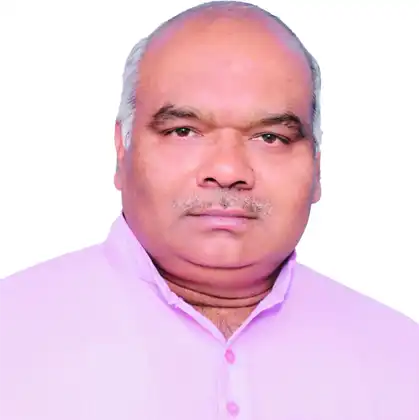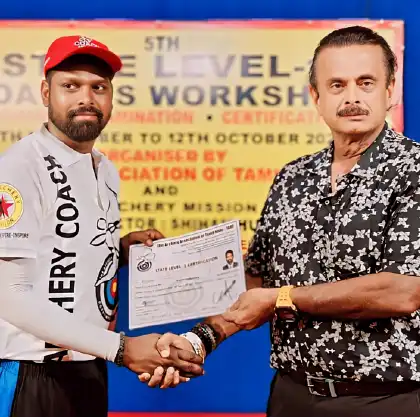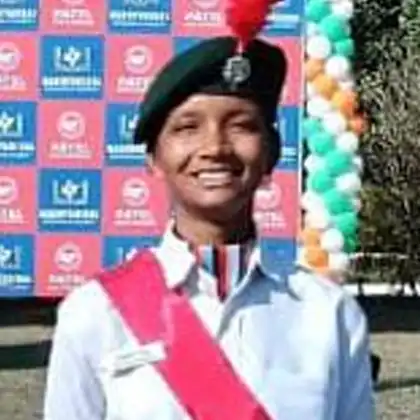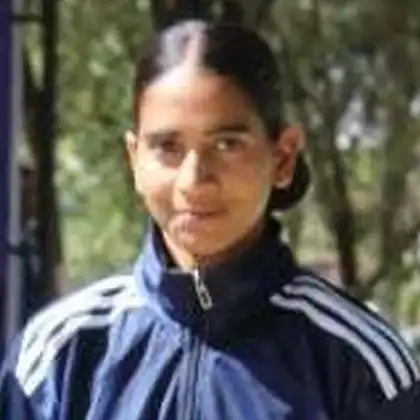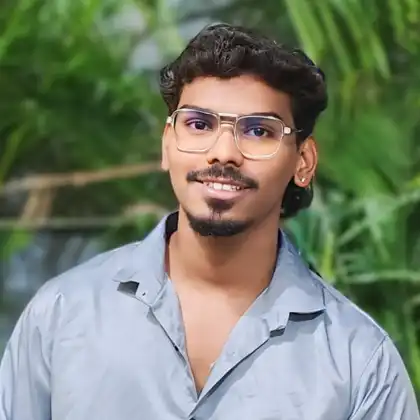Our Team
Chairman

Dr. Sumitra Reddy
Practitioner Of Ayurvedic Physician | Chairman Of Kalpataru Ayurveda Hospitals | Spine Neuro And Women Care | Experienced Modern And Traditional Medicine
Managing Director

Dr. Saurabh Singh
Vedic Philosopher | Practitioner of Naturopathy And Ayurveda | Marma Therapist | Experienced Chiropractor | Iridologist | Yoga Expert
Managing Director

Dr. Mitra Arya
Vedic Philosopher | Practitioner of Naturopathy And Ayurveda | Marma Therapist | Experienced Chiropractor | Iridologist | Yoga Expert
Principal
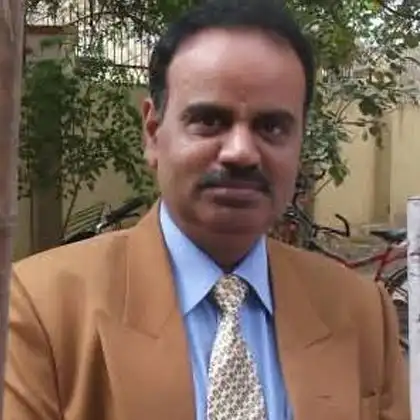
P. Srinivasulu
M.Com., M.Ed. - Coordinator, Summer Camp & World Vedic Science Organization
Sports HOD
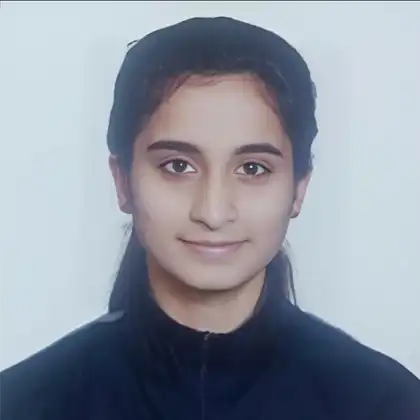
Shuthi Gowda
Sports HOD
Astronomy

Ravi Raja P
PhD Astronomy
Mallakambh

Sagar Singh Chauhan
Mallakambh
Artist
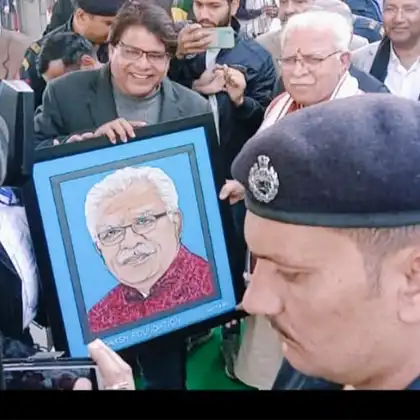
Udit Narayan Bensla
Artist
Archery
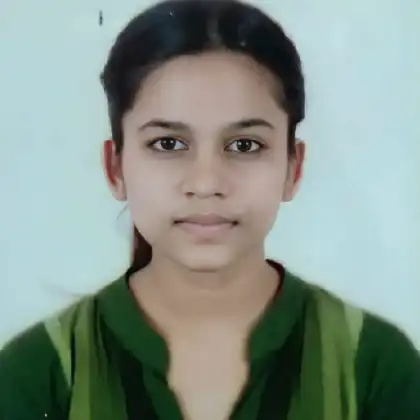
Kankshee Baghele
Archery
Archery
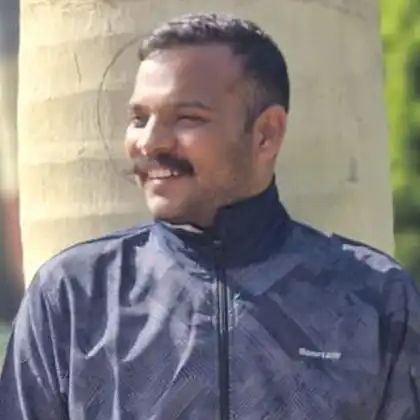
Navjeet Dubey
Archery
Photographer
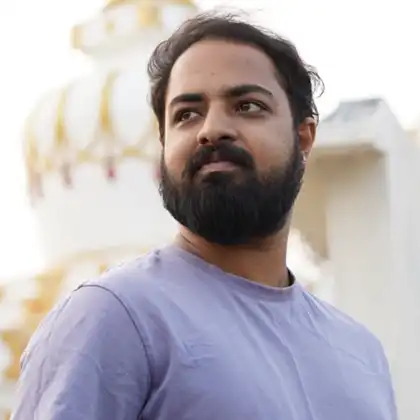
Sudheesha K G
Photographer
Astronomy

Vinay Kumar G
Astronomy
Astronomy

Dr. Raghu Prasad M
Astronomy
Theater Skill
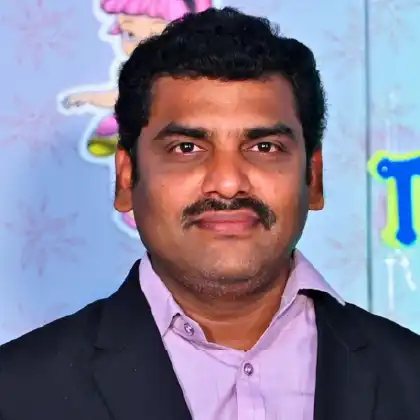
Shiva Prasad
Theater Skill Organiser
Football

Sharmila
Football
Mallakambh
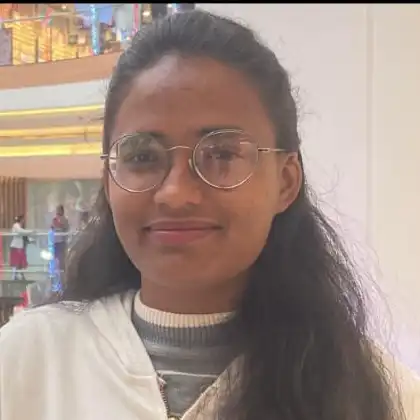
Payal Sen
Mallakambh
Physical Education

Boopendra Bhatt
Physical Education
Sports Manager

Rohit Raghuwanshi
Sports Manager
Mallakhambh

Dev Kushwaha
Mallakhambh
Mallakambh

Jyoti Sharma
Mallakambh
Kabaddi
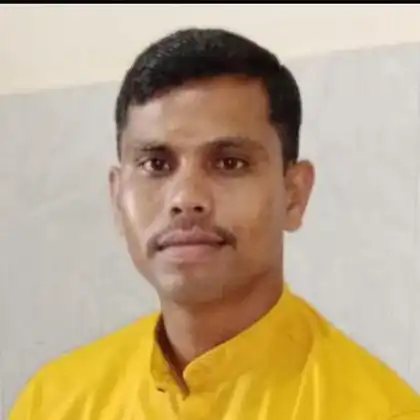
Rajesh Majhi
Kabaddi NFS Coach
Archery
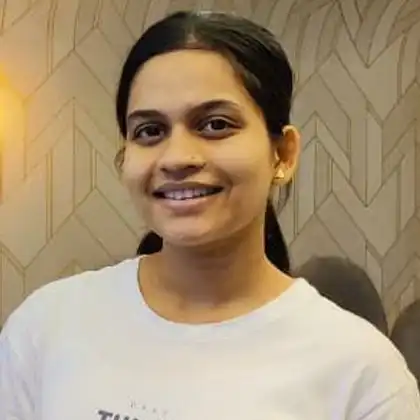
Kanhshee Baghele
Archery Coach
Shooting
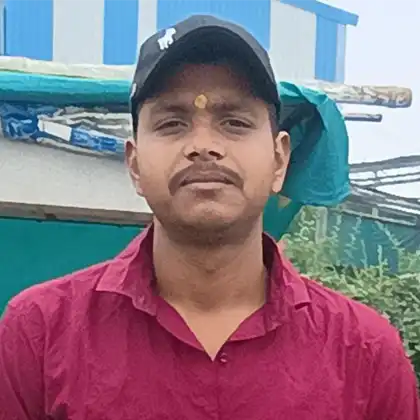
Prashant Tiwari
Shooting Coach
Graphic Design
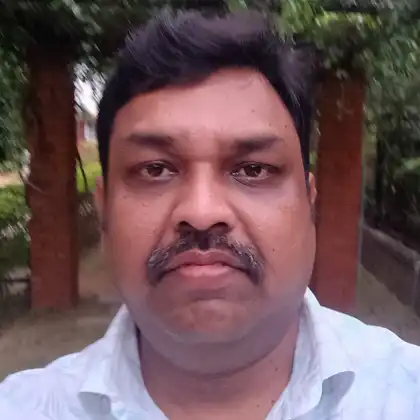
Abdul Khadir
Graphic Designer
Aeromodelling
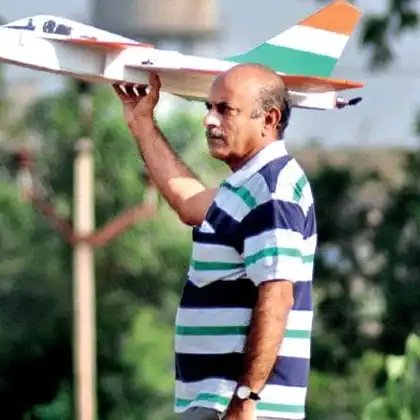
Sadanand Vinayak Kale
Aeromodelling
Web Development
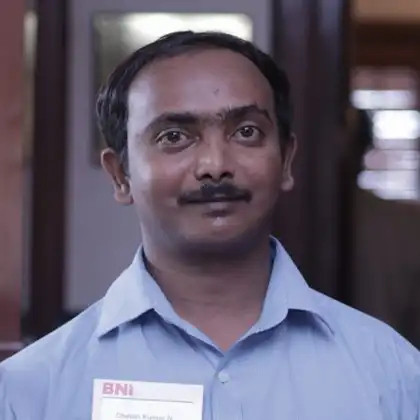
Chetan Kumar N
Web Designer
Film Editor
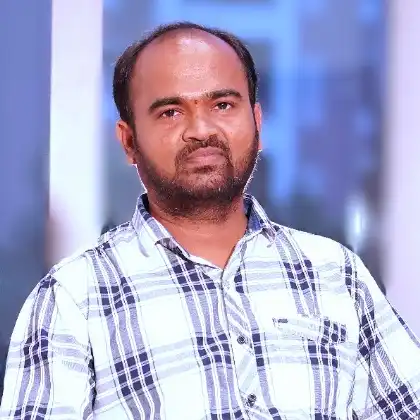
Prakash Karne
Film Editor



